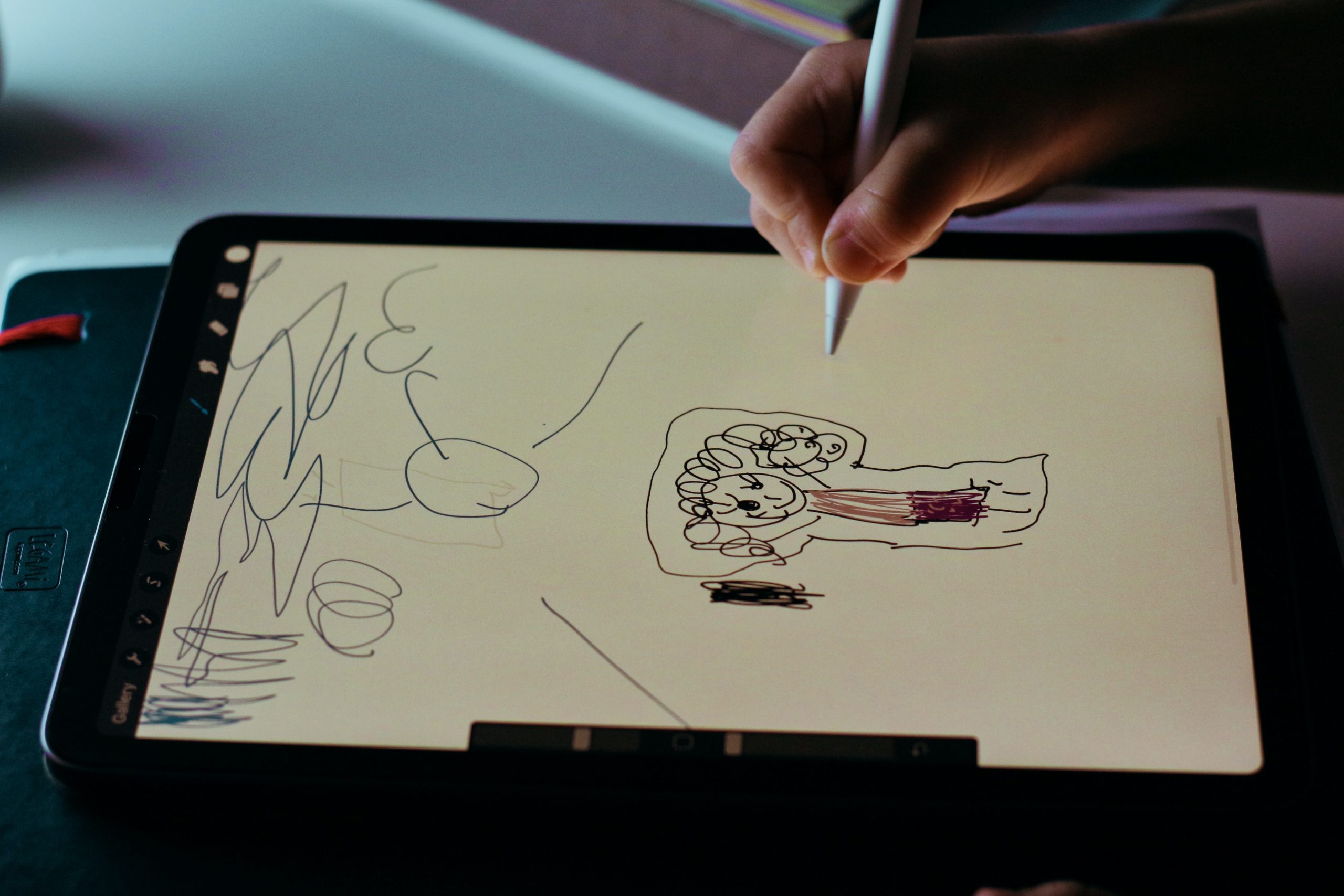AUTHOR’S CORNER
How Does a Kid Draw a Scientist?
SHARE
Have you ever wondered how would a kid draw a scientist? If yes, then you had the same thought as David Wade Chambers had, back in 1983, when he introduced us for the first time to the draw-a-scientist-test (DAST). The test asks children from various age groups, to do a simple thing: to draw a scientist.
How did that thought occur in the first place? The stereotype that women don’t belong in science, had been around for many centuries. And how can one visualize society’s stereotypes? Well, through children’s drawings.
Chambers had been asking children in the US and Canada to draw a scientist for nearly a decade, collecting data from 1966 till 1977. His results were, to say the least, heartbreaking. During his 10-year study only 28 kids (0,6% of all the kids included) managed to escape from the stereotype and draw a woman as a scientist.
Since then, the same test has been used many times in the US, monitoring this stereotype in children’s drawings. In 2018, a review was published, where they collected 78 DAST studies including drawings from 20.000 kids from nearly five decades.
During those five decades a lot have changed within the society. It is noteworthy to mention that when DAST was first introduced by Chambers, there were 19% women graduating with a Chemistry degree in the US, whereas in 2015 this percentage rose to 48%.
Was that change noticeable in the children’s drawings?

To answer that, here are three very important points of the review we need to take into account:
1. The trend in kid’s drawings, to draw more frequently than in the past a woman as a scientist.
The devastating 0,6% of kid’s drawing a woman in 1985, jumped to 28% on average in later studies from 1985 till 2016.
2. Girls tend to draw more women than in the past.
According to the research of 1966 only 1,2% of girls who participated in the research drew a woman as a scientist, whereas in 2015 this percentage reached 58%. In other words, in 2015 almost one in two girls chose to draw a woman as a scientist, but only one in ten boys chooses the same.
3. Children tend to draw a man as a scientist as they grow older.
All researches in the review include children from the age of 6 till 18 years old. It has been noticed that boys and girls show the tendency to stop drawing a woman as a scientist as they grow older. This change is more noticeable in girls, where 70% of girls at the age of six draw a woman as a scientist, but at the age of sixteen only 25% do so. Boys show the tendency to draw a woman at the age of six with 17%, which reduces to only 2% when they reach sixteen years old.
These findings, in the course of time, can be described as positive and indeed show the presence of women in science being noticeable from children. However, there is still a lot to be done.
Is it maybe now the time to start wondering why both girls and boys as they grow old tend to believe more and more that science is for men?
Source: Miller, David I., et al. “The development of children’s gender‐science stereotypes: a meta‐analysis of 5 decades of US draw‐a‐scientist studies.” Child development 89.6 (2018): 1943-1955.
RELATED ARTICLES

Biomimicry beyond engineering
a broader scope of biomimetic applications

Life in the city: steps towards sustainability and safety
Collective Responsibility is the way forward

Archive
Find all our past articles chronologically organized in our archive.
CONTACT US
____________
greekwomeninstem@gmail.com
Do you have ideas, questions, comments or special requests?
Would you like to highlight your research project or nominate a researcher that you would like to learn more about?
Please write to our email or fill out the form and hit “send”. We will be happy to talk with you!
[contact-form-7 id=”44″ title=”Contact form 1″]


